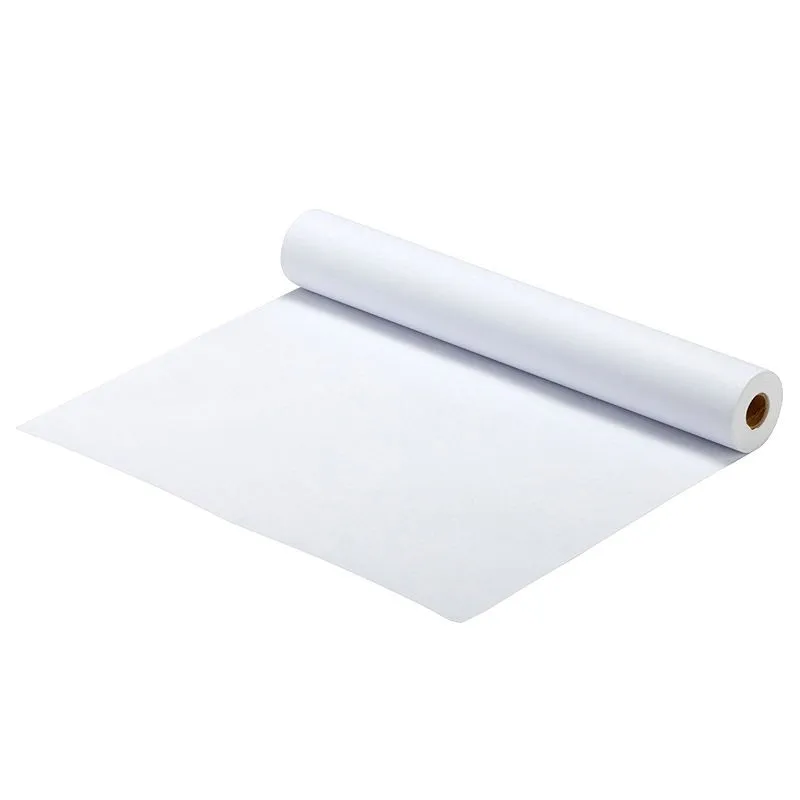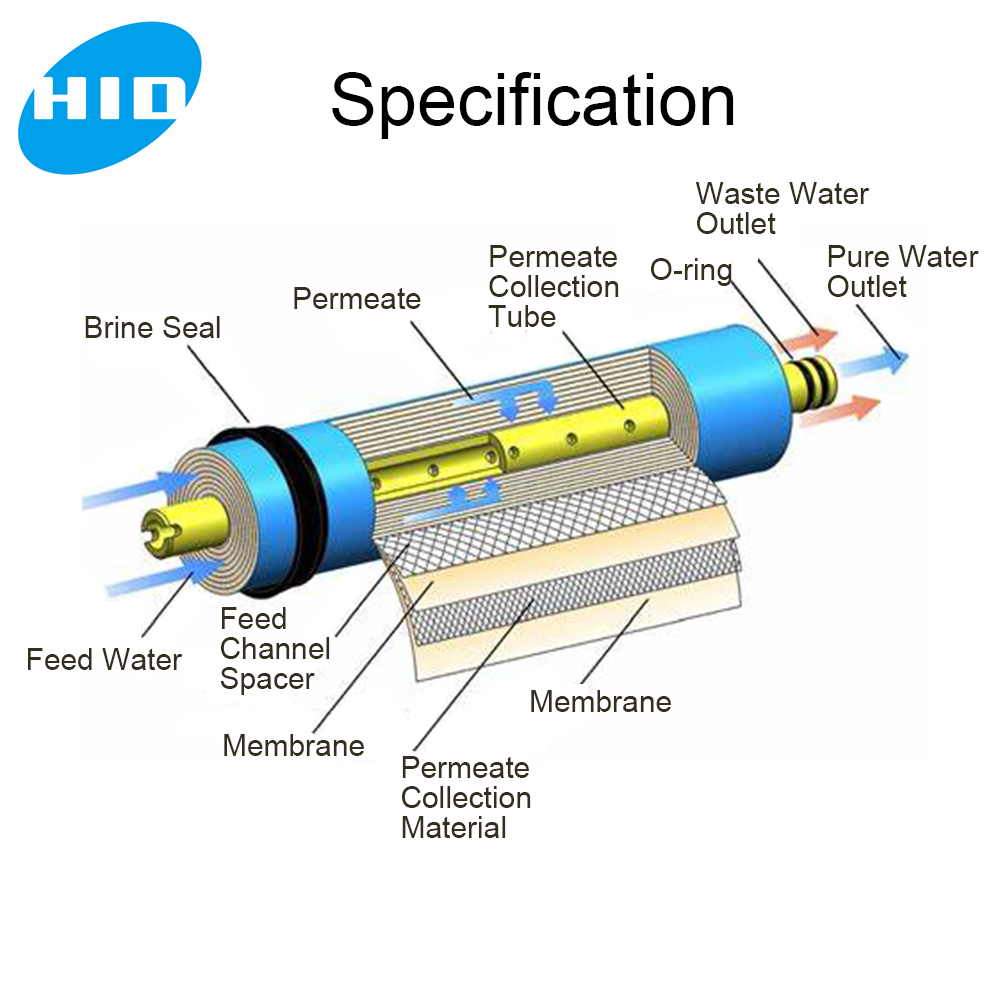Which of the 5 materials of reverse osmosis membranes do you not know?
01
Cellulose acetate membrane (CA membrane sheet)
Cellulose acetate is a loose white particle or fibrous powder, odorless, non-toxic, light stable, and highly hygroscopic. It is currently a widely studied reverse osmosis membrane material. Although cellulose acetate is a good membrane material, the - COOR in its molecular chain makes it easy to hydrolyze under high temperature and acid-base conditions, and alkaline or acidic hydrolysis can cause the acetyl group to disappear. Therefore, the use of pure CA materials is subject to certain limitations.
02
Aromatic polyamide film (PA membrane sheet)
Aromatic polyamides are widely used in the membrane industry due to their physical and chemical stability, resistance to strong alkalis, oil esters, and organic solvents, and good mechanical strength. However, due to the charged nature of PA membranes operating at pH 6-10, particles in water are prone to deposit on the surface of the membrane, reducing its service life.
03
Chitosan membrane (CS membrane sheet)
Chitosan (CS) is obtained by removing acetyl groups from chitosan molecules. It has a wide range of sources, good film-forming properties and biocompatibility, and is easy to chemically modify. Due to its molecular structure, pure water used in reverse osmosis can form strong hydrogen bonds with water molecules, and its ability to remove alkaline earth metal ions is strong. Therefore, it is superior to CA membranes and polyamide membranes and is considered a highly promising membrane material, which has received widespread attention internationally. Cs reverse osmosis membrane has high flux and selectivity, and has a good removal effect on divalent metal salts. Due to its strong alkali resistance and acid resistance after crosslinking, Cs membranes are not easily able to reproduce microorganisms and are often used as reverse osmosis membranes for softening hard water.
04
Polyphenylene reverse osmosis membrane
Polyphenylene materials such as polybenzimidazole (PBD) and polyphenylene oxide (PPO) have also attracted widespread attention due to their high temperature resistance, acid and alkali resistance, and can be modified to obtain better thin film materials.
05
Other composite reverse osmosis membranes
Composite reverse osmosis membrane is a type of membrane that combines a thin, dense layer of different materials with special separation functions on a porous support substrate. It has a higher solute separation rate and water penetration rate than integrated membranes, and therefore has a market share of over 90%. Currently, composite reverse osmosis membranes have been widely used in fields such as petrochemicals, electronics, textiles, light industry, metallurgy, medicine, biotechnology, food, and environmental protection.










